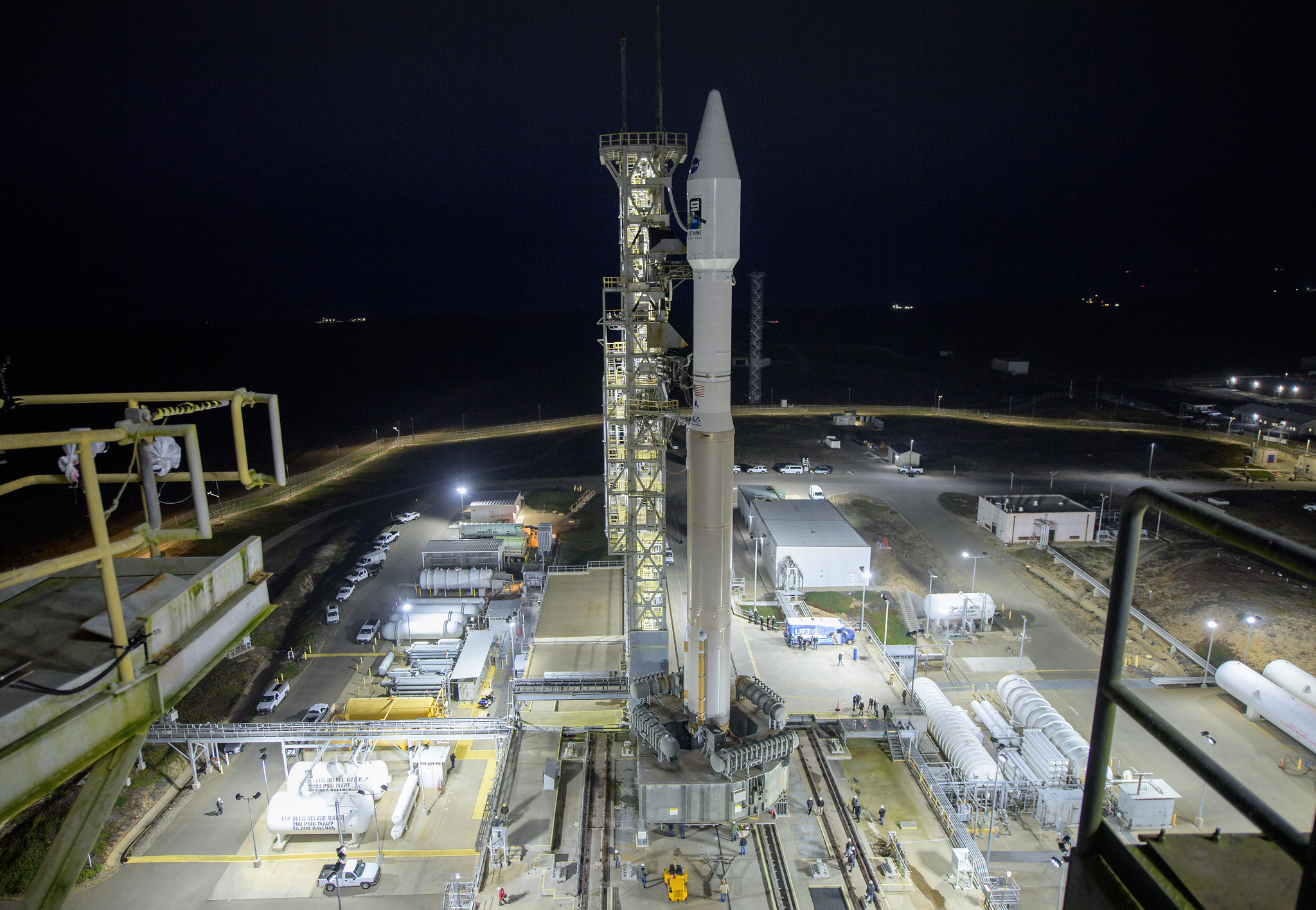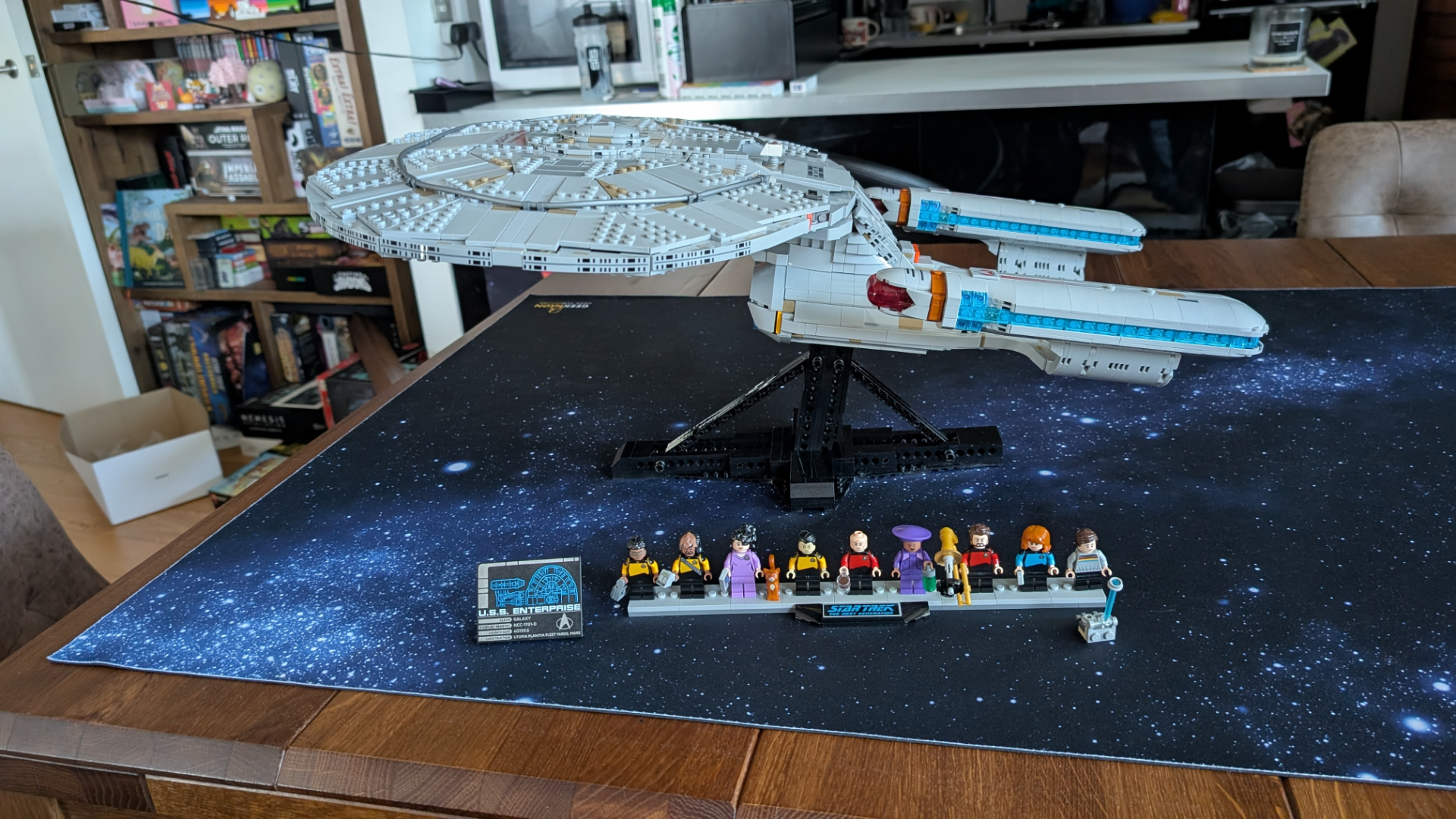In photos: NASA launches Landsat 9 Earth observation satellite

NASA launched its powerful new Landsat 9 Earth-observing satellite into orbit on Sept. 27, 2021, on a mission to monitor our planet's land resources.
The mission rode to orbit on a United Launch Alliance Atlas V rocket, lifting off from Space Launch Complex 3 at Vandenberg Space Force Base in California. See photos of the launch and mission preparations in this Space.com gallery!
Full story: NASA launches powerful Landsat 9 satellite to monitor climate change, forest cover and more

Together with its sister satellite Landsat 8, which launched in 2013, Landsat 9 will image all of Earth's land and coastal areas to provide a complete picture of the planet every eight days. Designed and built by NASA, Landsat 9 is operated by the United States Geological Survey (USGS), and data from the mission will be publicly available on the USGS website.

Inside the Vertical Integration Facility at Vandenberg Space Force Base in California, technicians work to attach the Landsat 9 spacecraft to the evolved expendable vehicle secondary payload adapter (ESPA), on Aug. 11, 2021.
The ESPA connects Landsat 9 to the payload adapter so that it can be attached to the second stage of the Atlas V rocket.

Landsat 9 is secured inside its payload fairing at the Integrated Processing Facility at Vandenberg Space Force Base in California, ahead of its planned September 2021 launch into orbit on a United Launch Alliance Atlas V rocket. The payload fairing, or "nose cone," helps to protect the spacecraft during the launch.
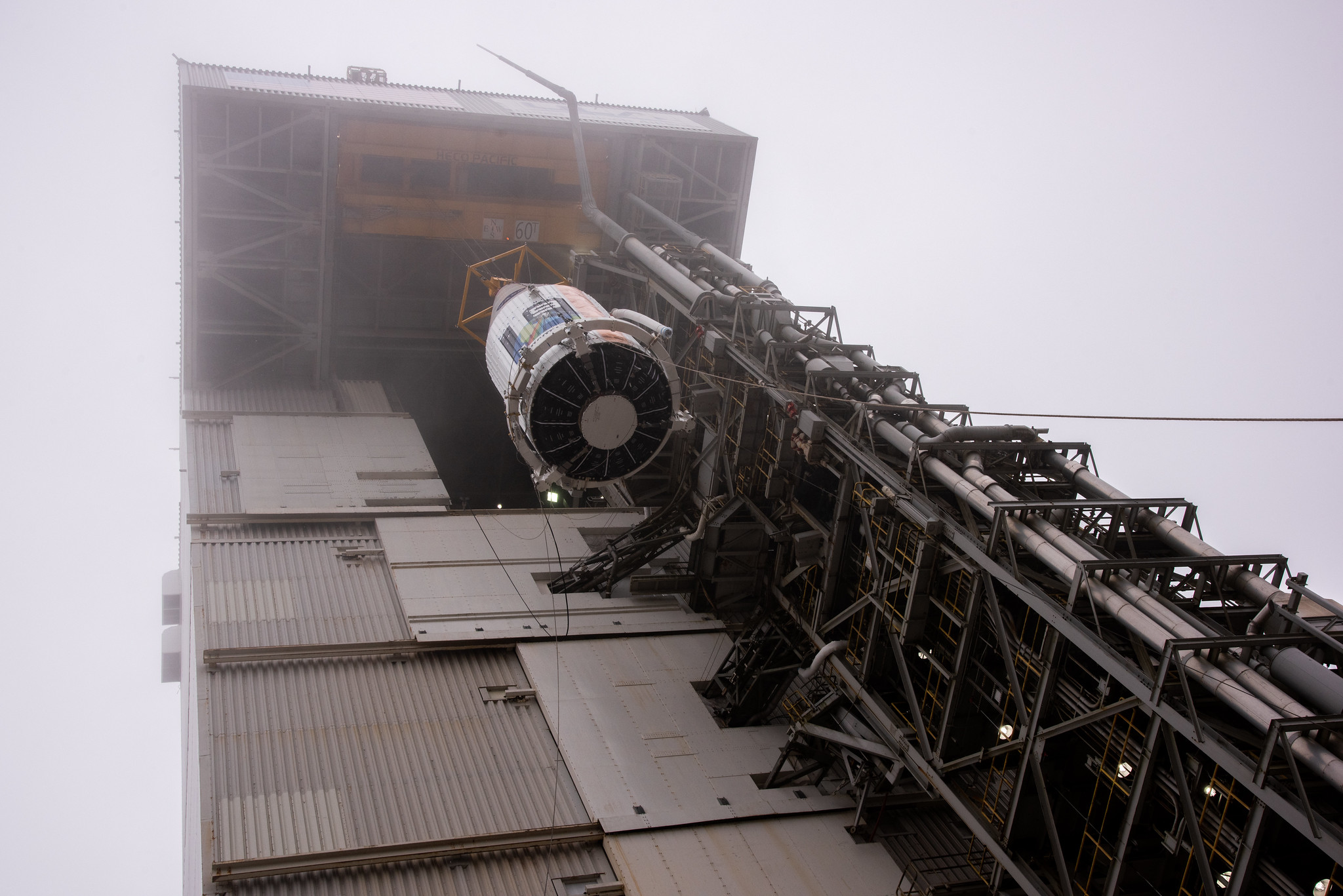
Landsat 9 is lifted and mated to the United Launch Alliance's Atlas V rocket at Space Launch Complex 3 at Vandenberg Space Force Base in California, on Sept. 15, 2021.

The United Launch Alliance (ULA) Atlas V rocket stands at Space Launch Complex-3 (SLC-3) with the Landsat 9 spacecraft.
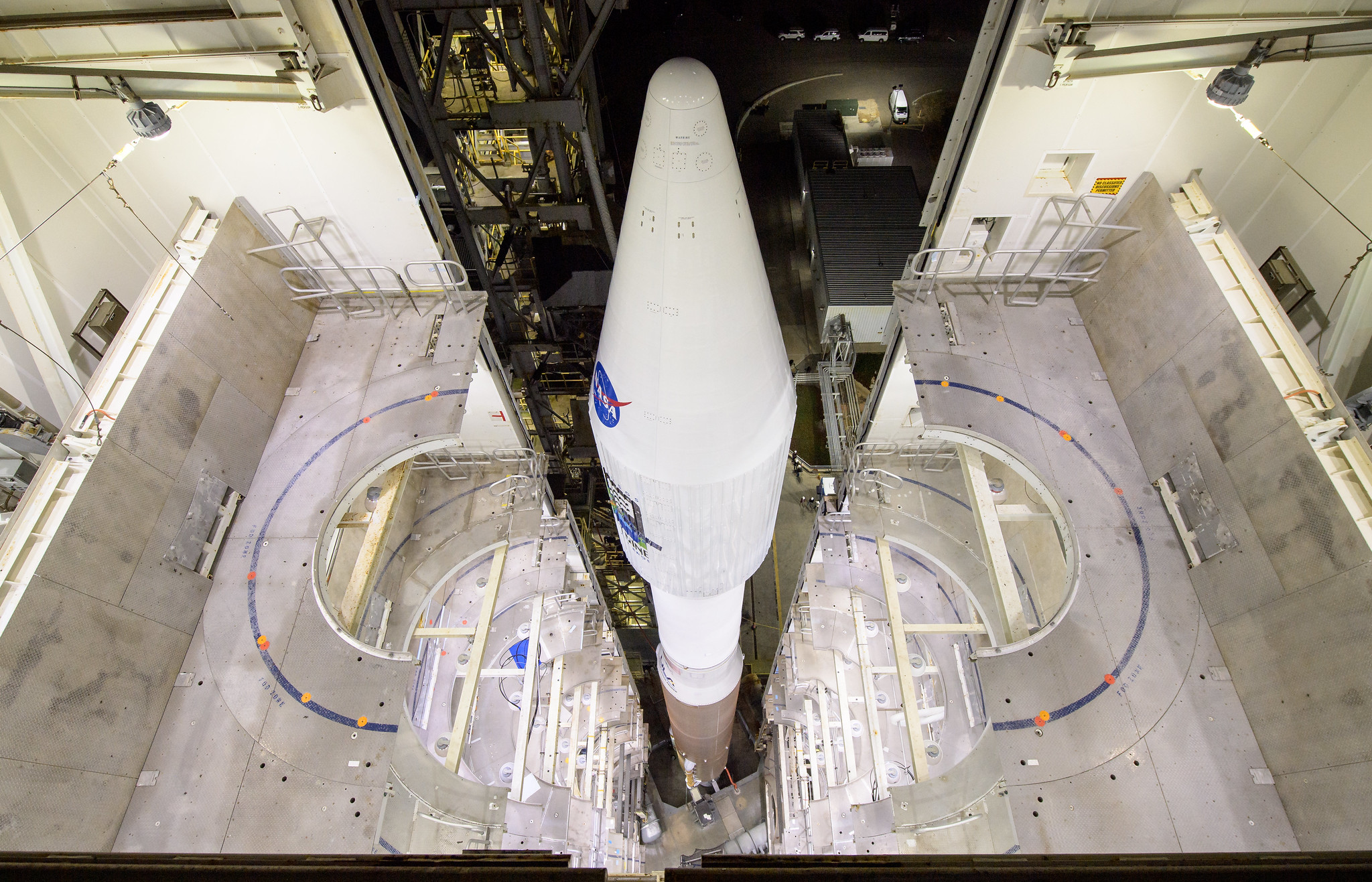
This view from above shows the Atlas V rocket and Landsat 9 satellite as the mobile launcher platform rolled back ahead of the launch from Vandenberg Space Force Base in California, on Sept. 27, 2021.
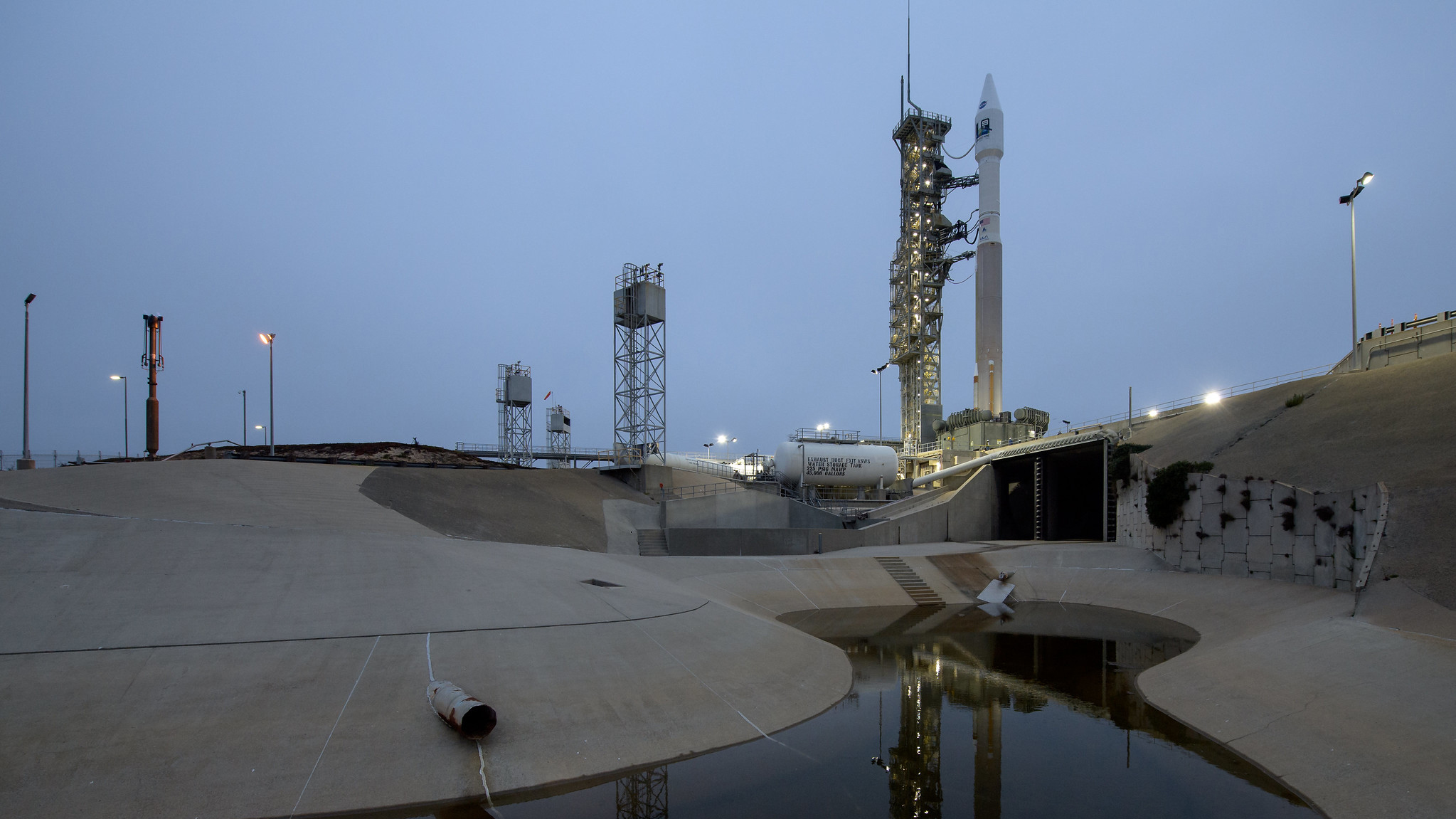
The Atlas V rocket with the Landsat 9 satellite onboard is seen on the launchpad at Vandenberg Space Force Base in California, after the mobile launcher platform (MLP) was rolled back on Sept. 27, 2021.
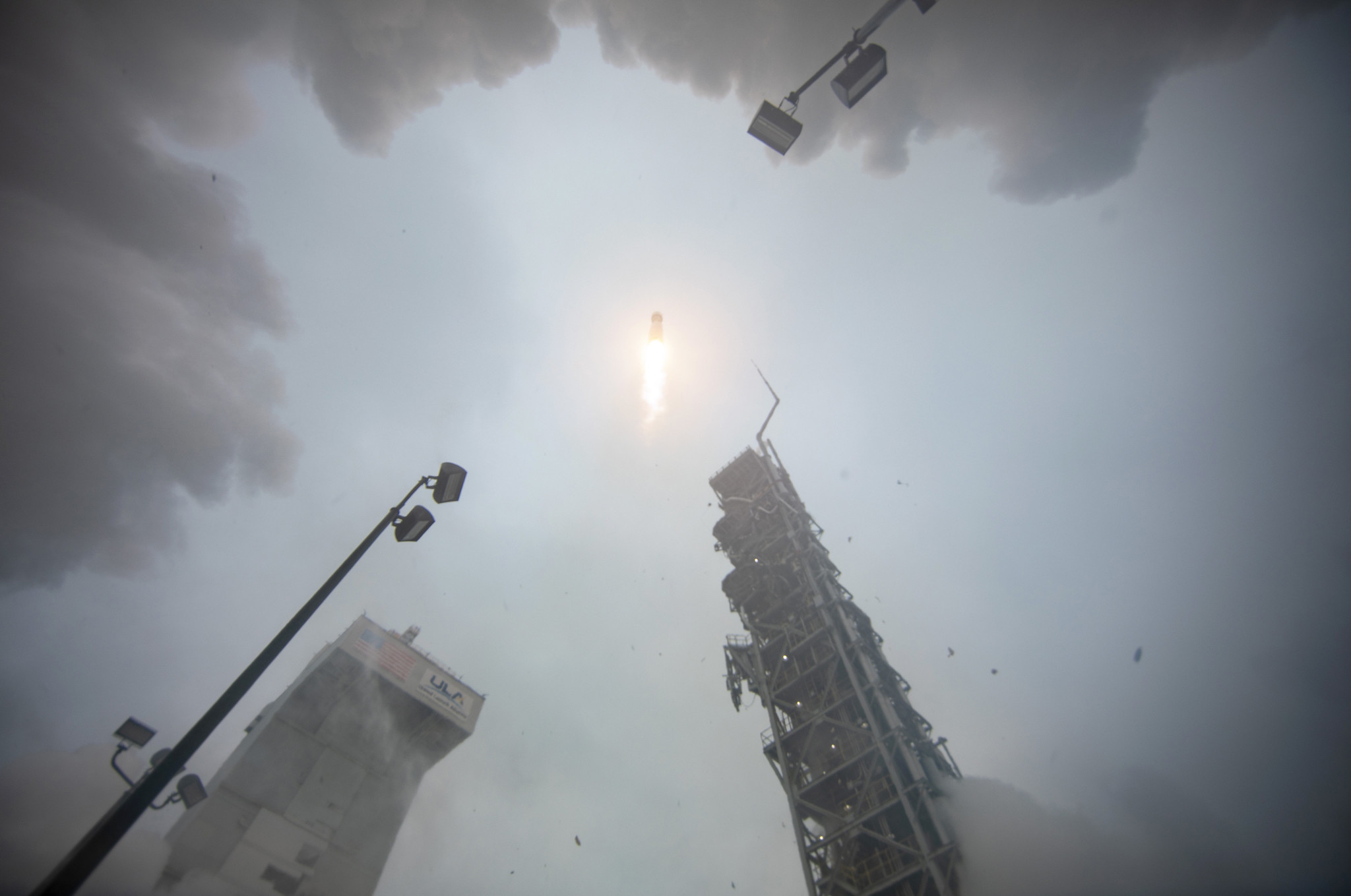
The United Launch Alliance's Atlas V rocket takes to the skies with the Landsat 9 satellite after lifting off from Space Launch Complex 3 at Vandenberg Space Force Base in California, at 2:12 p.m. EDT (11:12 a.m. local time; 1812 GMT) on Sept. 27, 2021.
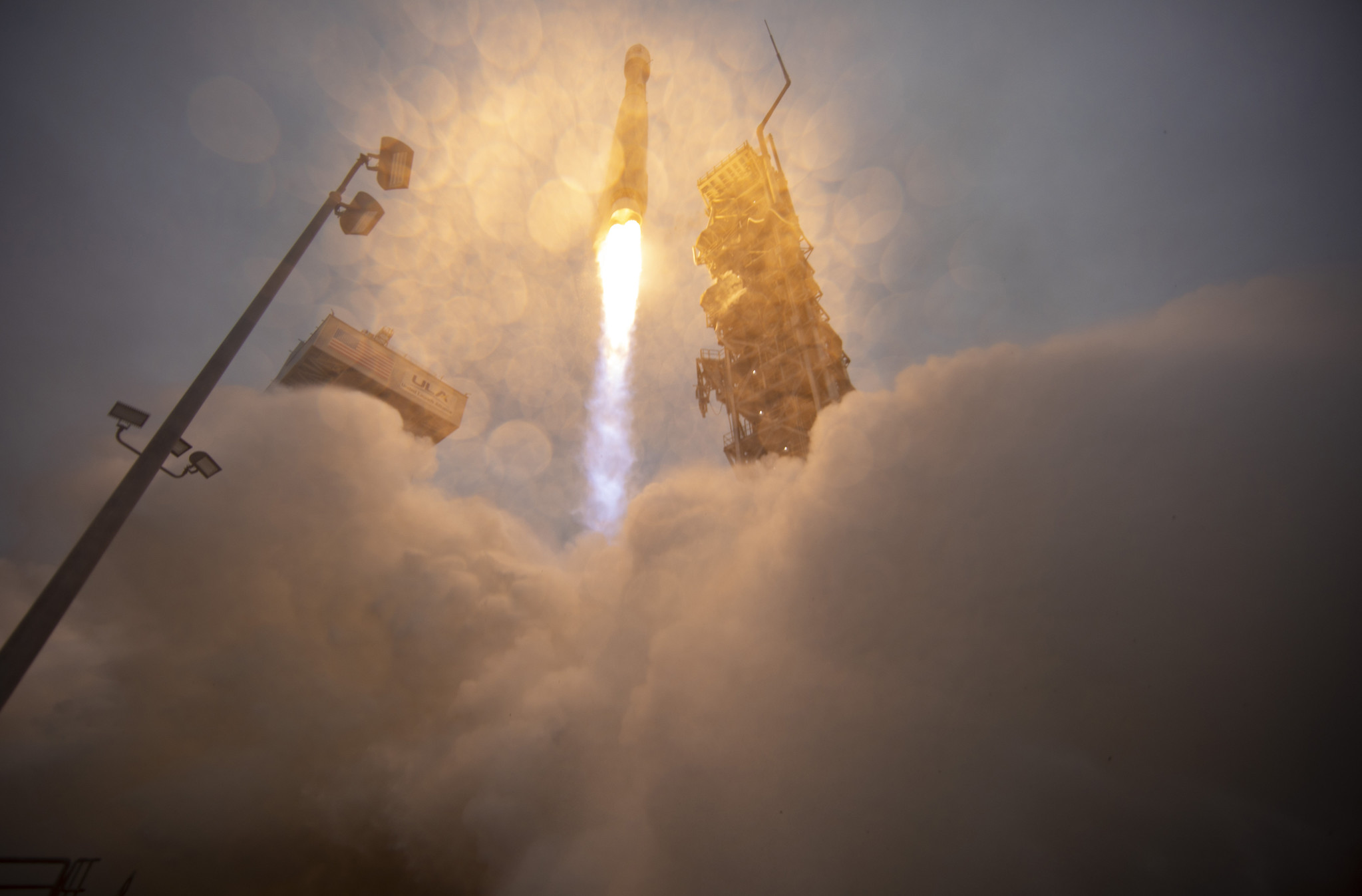
The Atlas V rocket leaves behind a plume of smoke as it launches the Landsat 9 satellite to orbit, on Sept. 27, 2021.

Hanneke Weitering is a multimedia journalist in the Pacific Northwest reporting on the future of aviation at FutureFlight.aero and Aviation International News and was previously the Editor for Spaceflight and Astronomy news here at Space.com. As an editor with over 10 years of experience in science journalism she has previously written for Scholastic Classroom Magazines, MedPage Today and The Joint Institute for Computational Sciences at Oak Ridge National Laboratory. After studying physics at the University of Tennessee in her hometown of Knoxville, she earned her graduate degree in Science, Health and Environmental Reporting (SHERP) from New York University. Hanneke joined the Space.com team in 2016 as a staff writer and producer, covering topics including spaceflight and astronomy. She currently lives in Seattle, home of the Space Needle, with her cat and two snakes. In her spare time, Hanneke enjoys exploring the Rocky Mountains, basking in nature and looking for dark skies to gaze at the cosmos.
